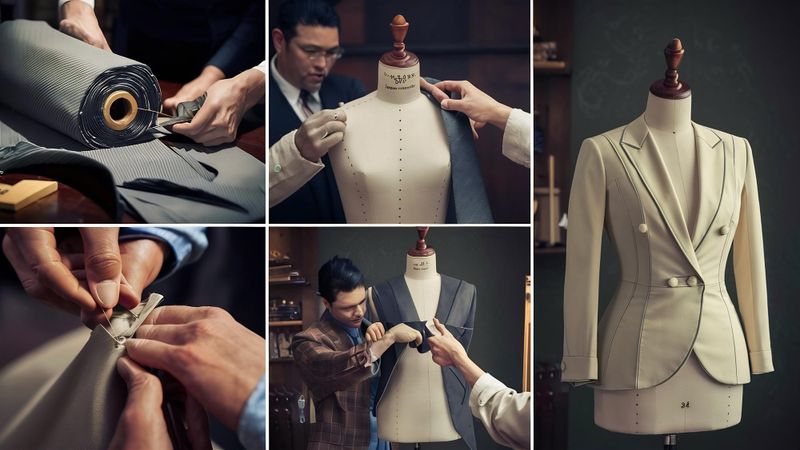The construction of a garment is an intricate ballet of fabric, design, and technique, which together culminate in the clothing we wear. For those involved in the clothing industry—from designers to clothing manufacturers—it's essential to have a deep understanding of how garments are constructed and how this affects their fit and function. In this blog, we will explore the critical aspects of garment construction, focusing on the role of clothing manufacturers, particularly those based in India, which has become a hub for global textile production.
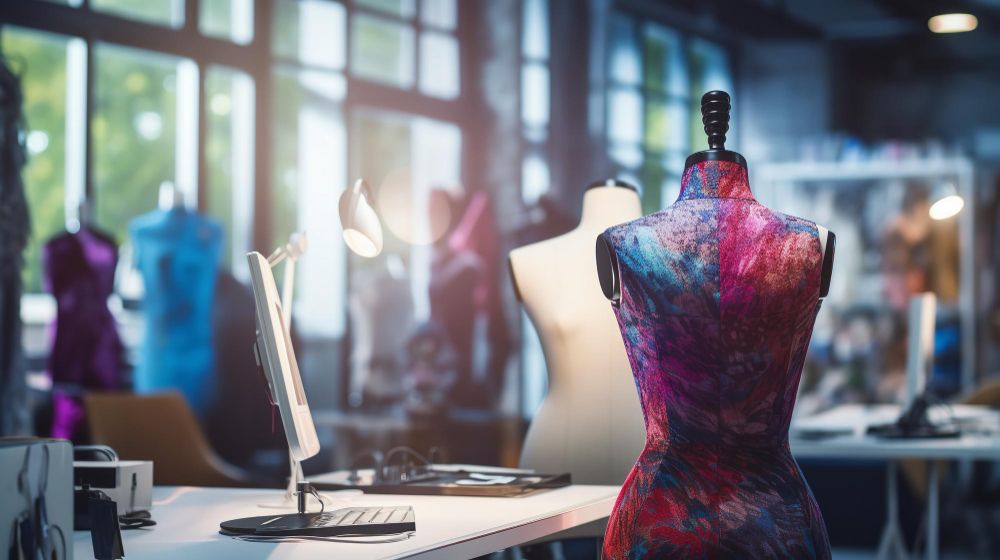
Fast forward to the 1980s, an era of unabashed excess, where fashion embraced larger-than-life aesthetics with big hair, power suits, and colors that screamed for attention.
Today, we stand at the pinnacle of an era where individuality reigns supreme, each garment serving as a canvas for personal expression. Through the ages, fashion has been a mirror reflecting our culture, aspirations, and dreams, uniting us in its ever-evolving narrative of self-discovery and empowerment.
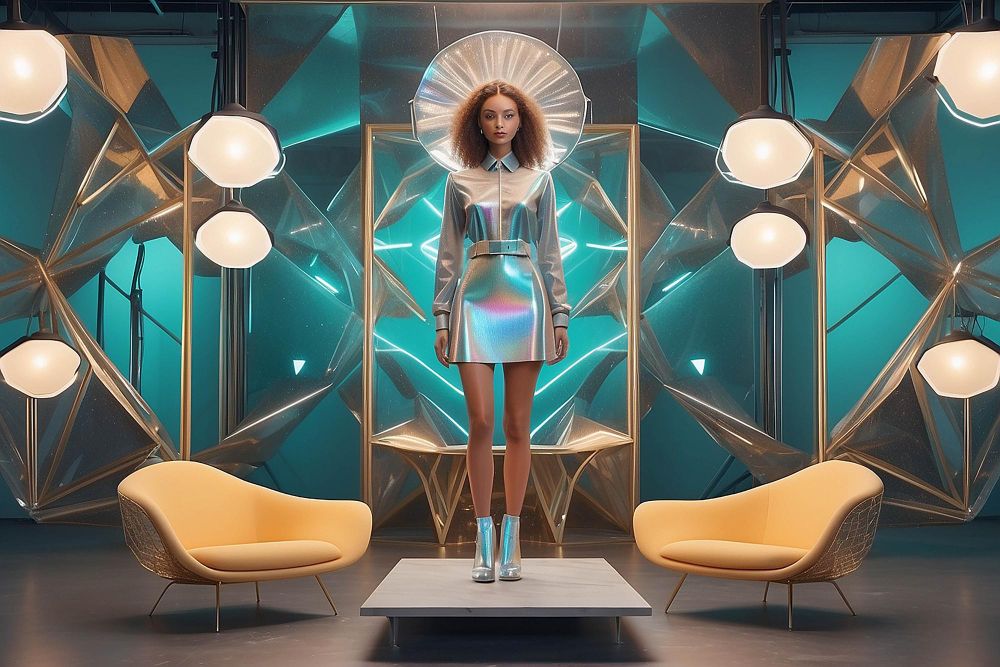
Yet, the process is far from solitary; it's a symphony of collaboration. Pattern makers sculpt, sewists, stitch, and stylists add the final flourish, all working in harmony to bring the designer's dream to fruition. As the final design emerges, a crescendo of anticipation builds – production commences, materials are sourced, and the workshop hums with the cutting, sewing, and finishing rhythm.
But the journey doesn't end there; it's just the unveiling. With bated breath, the finished garments take center stage, whether gracing the catwalks of high fashion shows, captivating audiences in exhibitions, or finding their way into the hands of eager fashionistas through retail channels.
And as each garment finds its home in the world, it carries with it the story of its creation – a testament to the artistry, dedication, and collaborative spirit that defines the mesmerizing process of fashion design.
In the dynamic world of fashion design, tools are not just instruments; they're extensions of the designer's vision and creativity. Starting from the basics, like sketchbooks and pencils, designers sketch out their initial concepts, letting their imagination take flight on the blank pages. But as ideas evolve into tangible designs, the arsenal of tools grows more sophisticated.
Enter pattern-making tools – rulers, curves, and measuring tapes – the unsung heroes of precision, ensuring that every curve, every angle, is just right. Sewing machines hum with the rhythm of creation, sergers stitch with finesse, and irons press out the wrinkles, transforming fabric into works of wearable art. When it comes to cutting, accuracy is essential; whether it's with shears or rotary cutters, the fabric is meticulously sliced with precision while mannequins patiently await to assist in draping and fitting.
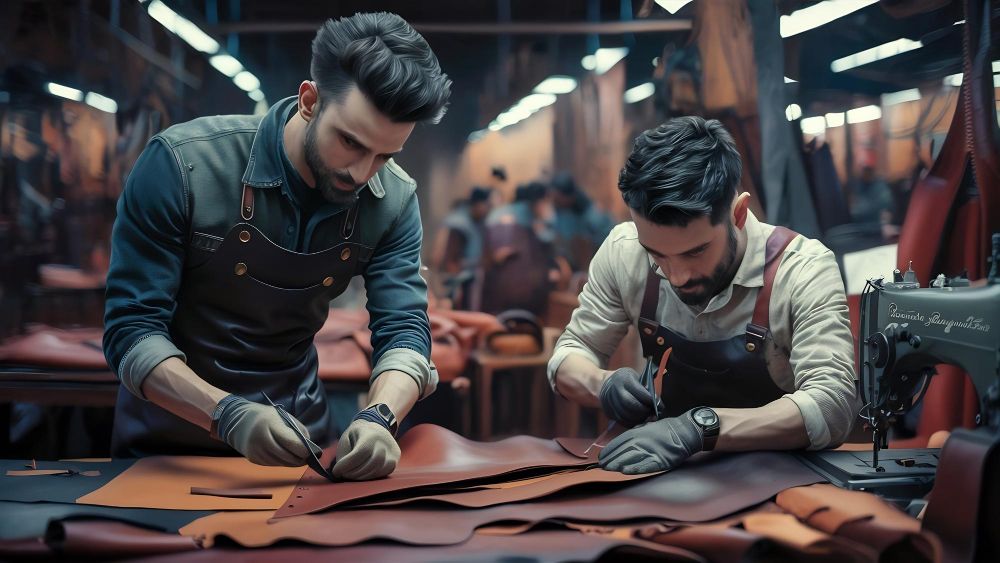
But it's not just about physical tools; technology has become the designer's ally in the digital age. Computer-aided design (CAD) software transforms sketches into digital masterpieces, while digital sketching tablets capture every stroke with unparalleled accuracy. Printers whir to life, bringing designs to life on paper with stunning clarity.
And let's not forget the unsung heroes – fabric scissors, pins, needles, and an array of fasteners like zippers and buttons, each playing a crucial role in the intricate dance of garment construction. In this fusion of traditional craftsmanship and modern innovation, tools and equipment aren't just instruments; they're the paintbrushes, the chisels, and the instruments of creation, empowering designers to turn their wildest dreams into stunning realities.

How to conceptualize a design:
Conceptualizing a design is indeed the cornerstone of fashion design, where creativity takes flight and ideas begin to take shape. It's a multi-step process that requires inspiration and practicality to bring a designer's vision to life.
Firstly, designers begin by immersing themselves in research and gathering inspiration from various sources such as art, culture, nature, or even personal experiences. This exploration helps them to define the theme or concept for their collection.
After settling on a theme, designers craft a mood board – a vibrant mosaic of images, textures, hues, and patterns that encapsulate the very essence of their inspiration. Mood boards serve as a guiding light throughout the design process, helping designers stay focused and cohesive in their vision.
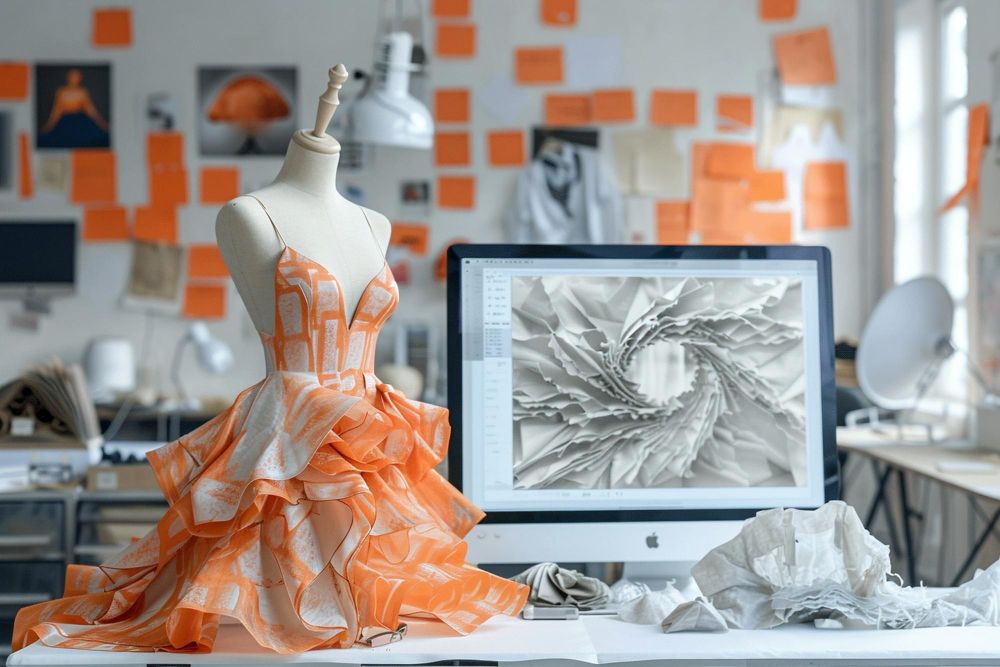
With the mood board as a foundation, designers then sketch their ideas. Sketches allow designers to explore different silhouettes, proportions, and details, giving form to their concepts on paper or digitally. This stage is where creativity flourishes as designers experiment with shapes, lines, and textures to bring their ideas to life.
After refining their sketches, designers create a tech pack – a detailed document that includes measurements, materials, construction details, and any other essential information about the design. Tech packs serve as a blueprint for communication with manufacturers, ensuring that the final product aligns with the designer's vision.
In summary, conceptualizing a design is a process that combines inspiration, creativity, and practicality. From research and mood boards to sketches and tech packs, each step is essential in shaping a designer's vision into a tangible reality.

The process of creating a mood board:
The mood board is a vital tool in the fashion design process, serving as a visual roadmap that guides designers in developing their ideas and concepts for a collection. To craft a mood board, designers initiate the process by seeking inspiration from an array of sources, ranging from art, photography, and architecture to the natural world and the melodies of music. They collect images, textures, colors, fabrics, and other visual elements that resonate with the theme or concept of their collection.
After gathering inspiration, designers curate the images onto a board, whether in physical form or digitally, arranging them to form a cohesive and visually captivating layout. They may experiment with different layouts, color schemes, and textures to evoke the mood and aesthetic they envision for their collection.
The mood board serves as a source of inspiration and reference throughout the design process, helping designers stay focused and inspired as they develop their ideas further. Additionally, it acts as a conduit for communication, facilitating designers in conveying their vision to collaborators, including pattern makers, seamstresses, and manufacturers.
As the design process progresses, the mood board evolves and changes, reflecting the designer's evolving ideas and inspirations. It's essential for designers to revisit and refine their mood boards regularly to ensure that their collection stays true to their original vision.
In essence, crafting a mood board is a dynamic journey, continually evolving and shaping the very essence and visual identity of a fashion collection.
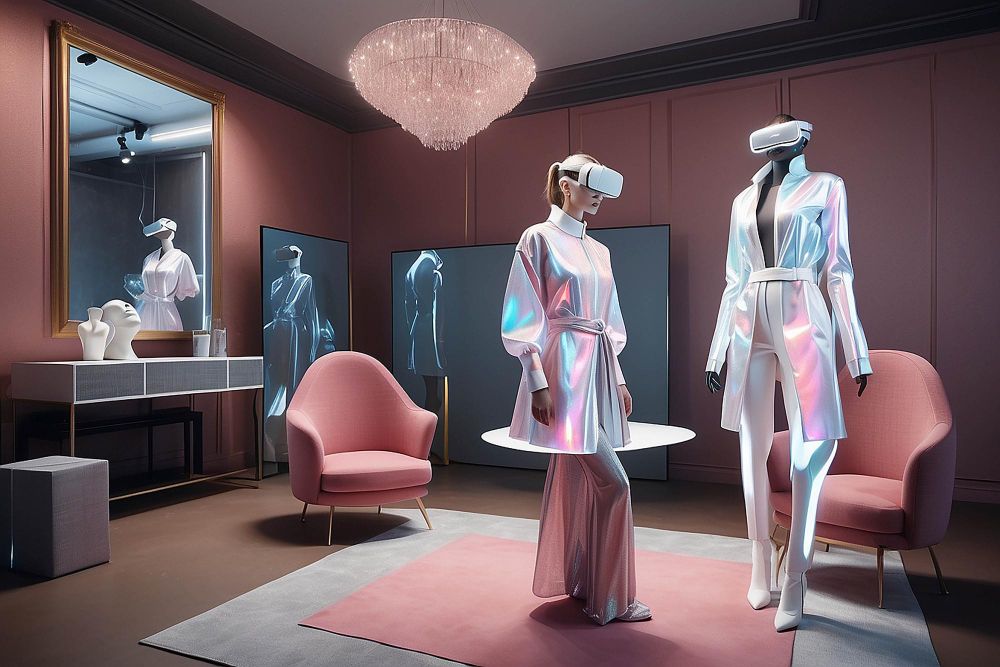
How to create sketches and technical drawings:
Sketches and technical drawings serve as the blueprint for bringing a designer's vision to life, allowing them to communicate their ideas effectively with collaborators and manufacturers. Designers begin to create sketches by refining the ideas generated during the conceptualization stage. They may use traditional methods, such as sketching by hand with pencils and paper, or digital tools like graphic tablets and design software. Sketching allows designers to explore different design elements, such as silhouettes, proportions, and details, in a quick and intuitive manner.
Once the sketches are finalized, designers move on to creating technical drawings. Technical drawings are detailed illustrations that provide specific instructions on how a garment should be constructed. They include measurements, fabric types, construction details, and other essential information necessary for the manufacturing process.
Designers may use specialized software such as Adobe Illustrator or CAD (computer-aided design) programs to create technical drawings digitally. These programs offer precision and flexibility, allowing designers to produce professional-quality drawings that can be easily shared with manufacturers and pattern makers.
As designers progress through the sketching and technical drawing phase, they continuously fine-tune their designs, tweaking and revising as necessary to bring their vision to life with precision and accuracy. Attention to detail and accuracy are crucial, as technical drawings serve as a guide for garment construction and production.
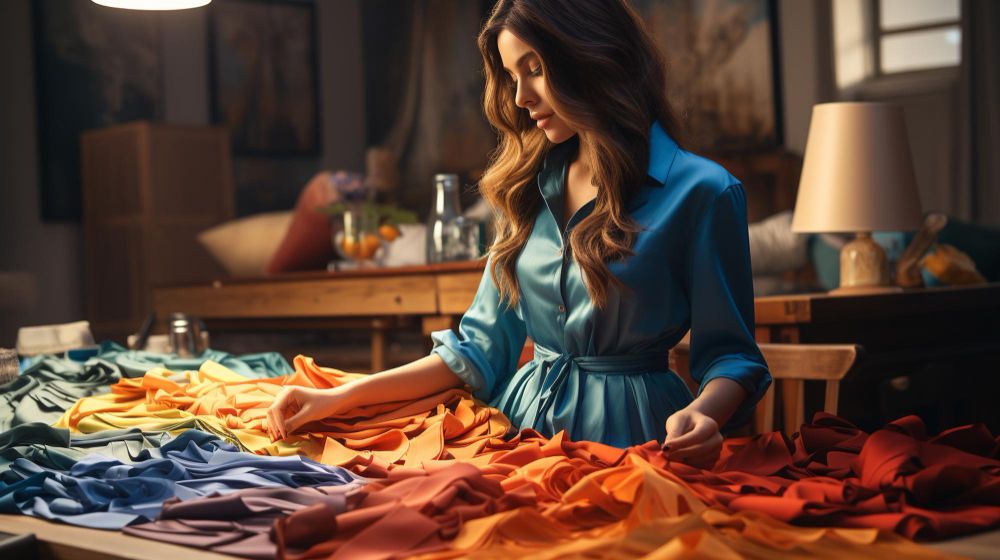
Choosing fabrics, colors, and embellishments:
Selecting the right fabrics, colors, and embellishments is essential for bringing a fashion design to life and conveying the desired aesthetic and mood. The selection of fabric greatly influences the appearance, texture, and practicality of a garment. Designers consider factors such as texture, weight, drape, and stretch when selecting fabrics that align with their design vision. For example, a flowing chiffon fabric may be chosen for a romantic evening gown, while a sturdy denim fabric may be used for a casual denim jacket.
Colors are pivotal in fashion design, wielding the power to stir various emotions and convey distinct messages. Designers carefully select color palettes that complement their design concept and resonate with their target audience. Bold and vibrant colors may be used to make a statement, while soft pastels can create a more subtle and feminine look.
Embellishments add the finishing touches to a design, enhancing its visual appeal and adding depth and dimension. From intricate beading and embroidery to delicate lace and sequins, embellishments can elevate a garment from ordinary to extraordinary. However, it's essential for designers to use embellishments strategically, ensuring that they enhance the design rather than overwhelm it.
In essence, selecting fabrics, colors, and embellishments is a blend of artistry and strategy, demanding meticulous attention to detail and thoughtful deliberation. By selecting the right materials and accents, designers can bring their design vision to life and create garments that captivate and inspire.
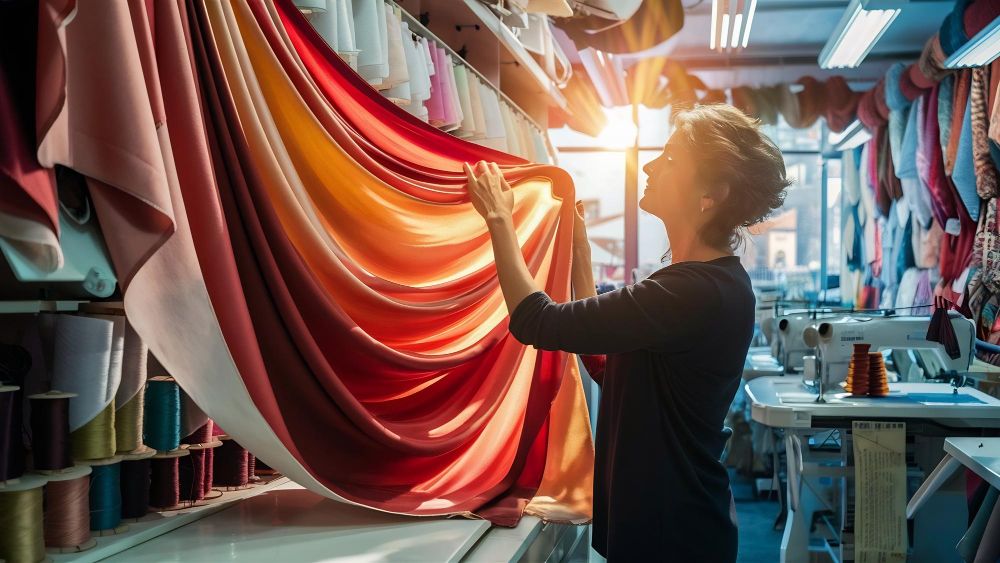
Techniques for pattern-making and draping:
Pattern-making and draping are fundamental techniques in fashion design, allowing designers to create well-fitting and visually stunning garments that flatter the body and convey the desired aesthetic. Pattern-making involves creating templates or patterns that serve as a blueprint for cutting and assembling fabric pieces into a garment. It requires precise measurements, calculations, and technical skills to ensure that the pattern fits the body correctly and achieves the desired silhouette.
Draping, on the other hand, is a more intuitive and hands-on approach to pattern-making. It involves manipulating fabric directly on a dress form or live model to create the desired shape and style of the garment. Draping allows designers to see how the fabric drapes and moves on the body, enabling them to make adjustments and refinements in real time.
Both pattern-making and draping require a combination of technical expertise and creative intuition. Designers must have a thorough understanding of garment construction principles, fabric properties, and body proportions to create patterns and drape fabric effectively.
In addition to traditional pattern-making and draping techniques, designers may also use CAD (computer-aided design) software to create digital patterns and prototypes. CAD software offers precision and efficiency, allowing designers to experiment with different design elements and make adjustments with ease.
Overall, pattern-making and draping are essential skills for fashion designers to master, enabling them to create garments that fit well, flatter the body, and convey their unique design vision effectively.
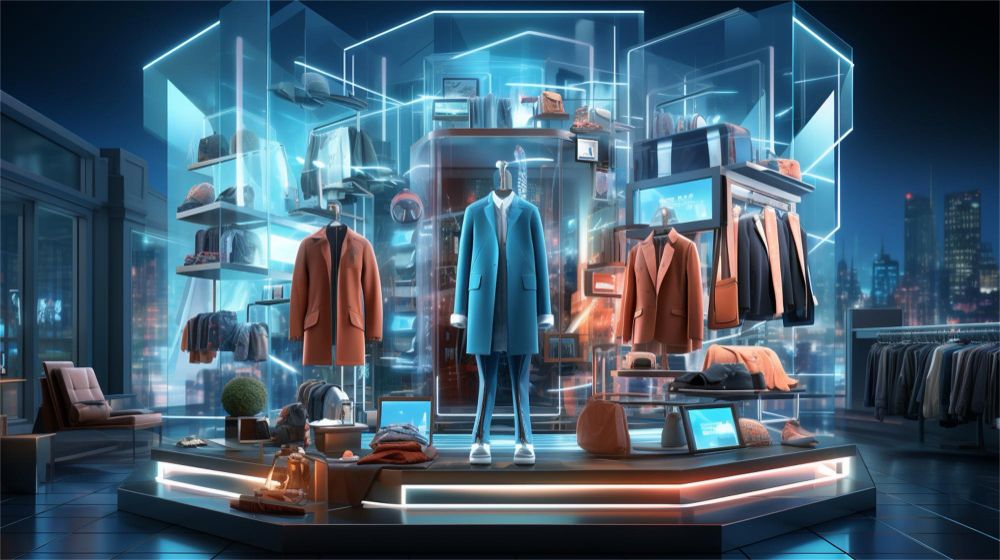
The Future of Fashion Design and Sustainability:
In a world increasingly aware of our impact on the environment, the fashion industry is stepping up to the plate with sustainable practices. It's not just about creating beautiful garments anymore; it's about making them responsibly. Designers are leading the charge by embracing eco-friendly materials, finding ways to cut down on waste during production, and thinking outside the box with innovative techniques.
Take, for instance, the marvel of 3D printing. This cutting-edge technology isn't just reserved for sci-fi movies; it's revolutionizing the way we think about fashion. With 3D printing, designers can craft clothing and accessories with precision and without any waste material. It's like magic – creating custom pieces tailored to fit each individual perfectly without the need for mass production and excess inventory.
And then there's the art of upcycling. It's like giving new life to old treasures. Designers are taking discarded materials and turning them into something fresh and fashionable. It's not only reducing waste but also adding a touch of uniqueness to each piece – because who doesn't love owning something one-of-a-kind?
Sustainability isn't just a buzzword anymore; it's the future of fashion design. Customers are becoming increasingly aware of the consequences of their decisions and are actively seeking brands that align with their principles. So, designers who embrace sustainability aren't just ahead of the curve; they're setting the standard for the industry. It's a future where creativity and conscience walk hand in hand, creating not just beautiful garments but a better world for us all.
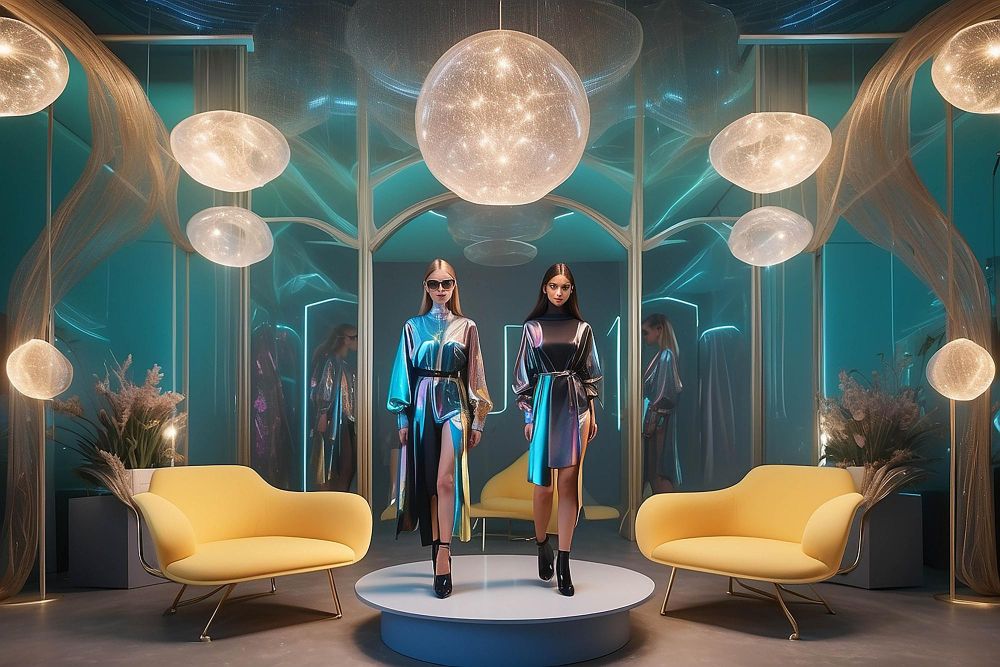
Conclusion and Final Thoughts:
In wrapping up, fashion designing isn't just about glitz and glamour – though there's plenty of that, too. It's a journey that demands creativity, grit, and a whole lot of passion. Sure, it may seem like a glamorous world from the outside, but behind the scenes, it's all about hustle and heart. To make it in this industry, you've got to have a knack for design, a head for business, and a willingness to roll with the punches. And let's not forget – fashion is a team sport. From pattern makers to marketers, it takes a village to bring a design to life. So, if you're dreaming of making it big in fashion, remember to play well with others and stay true to your vision.
Lastly, keep your finger on the pulse of the industry while staying true to your unique style. Fashion is ever-changing, but the best designers are the ones who stay true to themselves while pushing the boundaries of what's possible. We hope you've enjoyed our deep dive into the world of fashion design. It's a wild ride, but for those with passion and perseverance, the sky's the limit. So, to all the budding designers out there – chase your dreams and make the world a little more stylish while you're at it!

